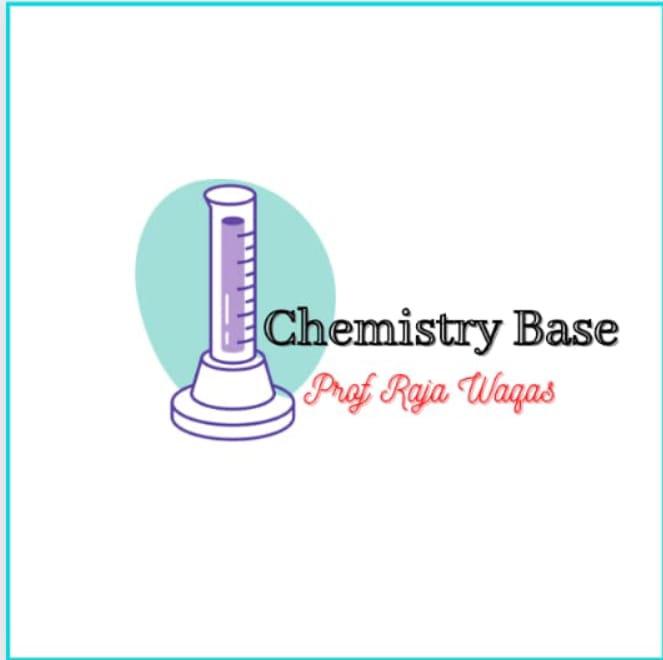Functional Group:
Defination:
An atom or group of atom in a molecule that is responsable for its specific chemical properties.
Example: For example in Alcohol (R-OH) Hydroxyl (OH) is functional group.
Importance:
Functional groups are very important in organic chemistry.
1. Functional group is a site of reaction.
2. It is base for nomenclature.
3. It is base for classification.
polyfunctional:
Compound containig more then one functional group is called polyfunctional.For Example:
CH2=CH-OH (Vinyl alcohol)
This compound contain 2 functional groups one alcohol and second alkene.
Alkane :It contain C-C and C-H singal bond.
Examples:
Methane CH4
Ethane CH3-CH3
Alkene: It is type of hydrocarbon thatcontain carbon carbon double bond (C=C).
Examples:
Ethene CH2=CH2
Propene CH3-CH=CH2
Alkyne: It is type of hydrocarbon that contain carbon carbon Triple bond.
Examples:
Ethyne H-C≡C-H
Propyne CH3-C≡C-H
Alkyl Halide: In alkyl halide hydrogen of alkane is replaced by halogen (F,Cl,Br,I).
Examples:
CH4 =Methane
CH3- =Methyl
CH3-Cl Mehyl Chloride or Chloromethane.
Alcohol:(R-OH):
In alcohol hydrogen of alkane is replaced by hydroxyl OH group.
Examples:
CH3-OH Methyl Alcohol or Methanol
C2H5-OH Ethyl alcohol or Ethanol
Carobonyl componds: ( ---C==O ) |
i.Aldehyde: It has Hydrogen on one side of carbonyl group.
Examples:
H--C==O ! Fomldehyde (Methanal) H CH3--C==O ! Acetaldehyde (ethanal) H
ii.Ketone:
It has Carbon on both side of carbonyl group
Examples:
CH3--C==O ! CH3 Acetone(propanone)
Carboxylic acid:(R-COOH)
It contain carboxylic group ( -COOH)
Examples:
HCOOH Formic acid or methanoic acid
CH3COOH, Ethanoic acid acetic acid
CH3CH2COOH, Propanoic acid








